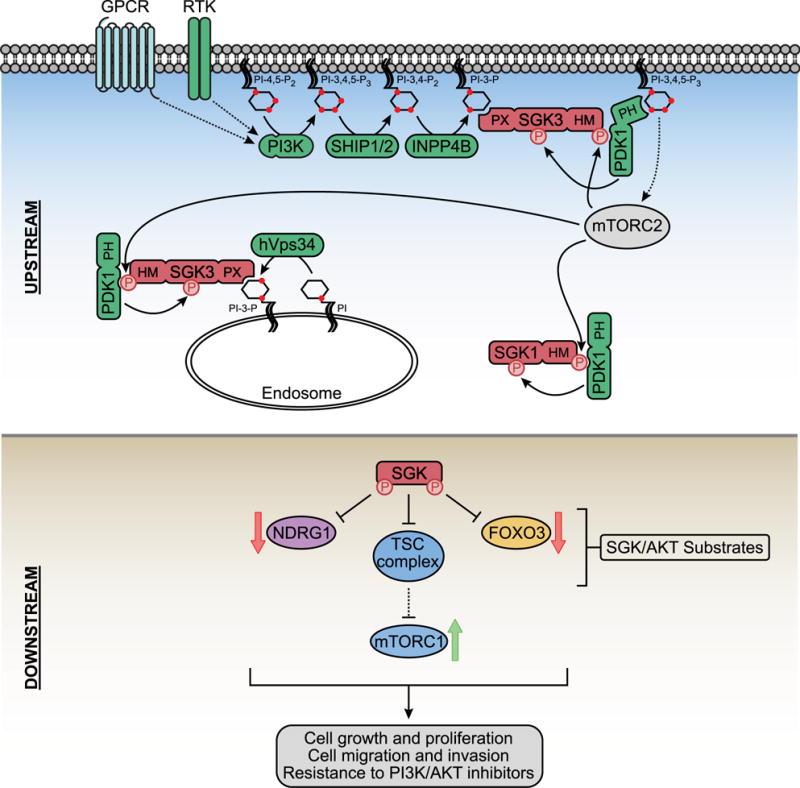Figure 3. PI3K and BTK Signaling in Response to BCR activation in B cells.

Antigen engagement of the BCR receptor induces clustering of the BCR, associated CD79A/CD79B heterodimers, and the non-receptor tyrosine kinase (NRTK) LYN which is tethered to the membrane by dual lipid modifications. LYN phosphorylates tyrosine motifs on CD79A/CD79B and the co-receptor CD19 to which the NRTK SYK and PI3K dock respectively and become activated. PIP3 produced by PI3K recruits BTK to the membrane where it is phosphorylated and activated by SYK and LYN. BTK also forms a complex with the adaptor protein BLNK, the Rho family GEF Vav, and the phospholipase PLCγ. Following its BTK-dependent activation, Vav promotes GTP loading and activation of Cdc42 and Rac which then trigger actin cytoskeleton remodeling through a variety of effectors. Simultaneously, BTK phosphorylates and activates PLCγ which cleaves PI-4,5-P2 to diacylglycerol (DAG) and inositol 1,4,5-trisphosphate (IP3). DAG is bound by PKCβ which triggers IKK signaling and NFkB-dependent transcription plus activation of Ras-Raf-MEK-ERK signaling. IP3 stimulates calcium (Ca2+) mobilization which results in NFAT-dependent transcription. These signaling events cooperate to control survival, proliferation, and adhesion signals that underlie B cell development and activation.
